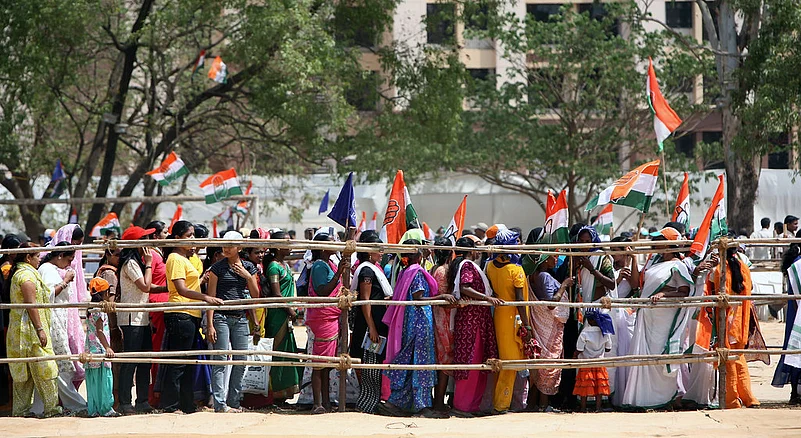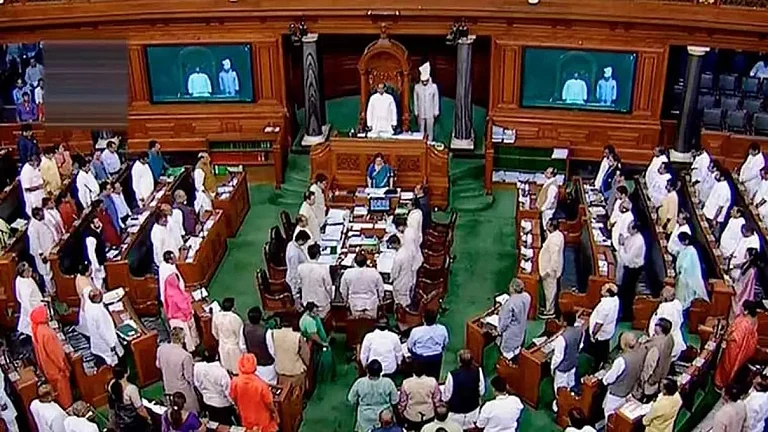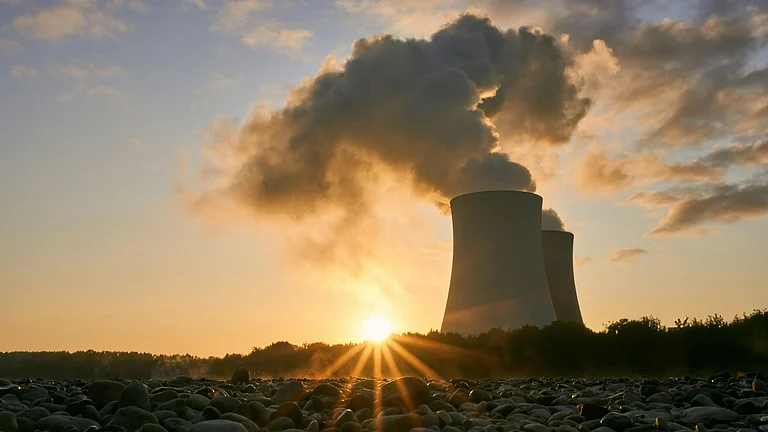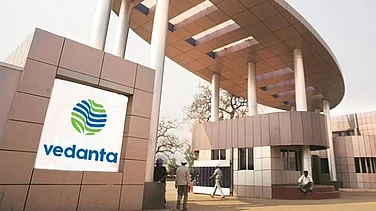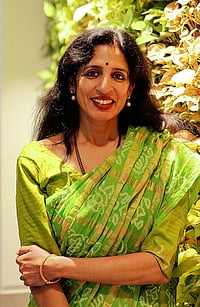The Union Cabinet has already approved one of the most talked-about bill 'One Nation, One Election' under the Narendra Modi government, aimed at synchronising the election process. But the discussions are now more centred around the price tag of ONOE.
The bill, which has been tabled in the lower house today, pushed for concurrent Lok Sabha and state elections has faced serious heat from opposition parties, who claim that it undermines the Constitution's basic structure. Just last week, a Congress MP called the bill an "attack on federalism."
But beyond the statutory play, the real talk is now about the massive price tag this policy could come with.
For instance, the ECI (Election Commission of India) has already stated that nationwide simultaneous elections would cost around Rs 10,000 crore every 15 years. And, that too just for the procurement of new EVMs (Electronic voting machines). They told the government that EVMs last about 15 years, and with simultaneous polls, one set of machines could handle three election cycles within that time. The commission also mentioned that simultaneous elections can only be held in 2029 owing to time-demanding factors like procurement of EVMs coupled with other logistical issues.
And the execution could take even more time. According to the high-level committee headed by former President Ram Nath Kovind, simultaneous elections would only be possible in 2034.The EC has also projected a 50% increase in the deployment of central security forces for the One Nation, One Election in 2029, potentially requiring around 7 lakh personnel, based on previous forecasts. An extra 800 warehouses would also be required to store EVMs and VVPATs across the country.
What Is The Cost of One Nation, One Election?
As per the Election Commission's data cited by the Economic Times, the estimated cost of the 'One Nation, One Election' can be anywhere around Rs 7,951 crore. The EC emphasised the importance of adequate preparation time to manage the extensive logistical demands, such as updating electoral polls, procuring additional voting machines, and coordinating security forces.
Another report published by The Times of India earlier this year stated that the EC first submitted its inputs to the Law Commission in March 2023 and reiterated them in a January 2024 letter to the Kovind panel.
The commission highlighted that the total number of polling stations nationwide would need to increase to 13.6 lakh by 2029. Additionally, it flagged a significant shortfall of 26.5 lakh ballot units (BUs), 17.8 lakh control units (CUs), and 17.8 lakh voter-verifiable paper audit trail (VVPAT) machines.
In addition, around 800 extra warehouses to store EVMs and VVPATs across the country, 50 per cent more deployment of central forces, about seven lakh personnel for the election process under ONOE in 2029.
However, business organisations like CII, FICCI, and ASSOCHAM supported the proposal and highlighted the positive impact on economic stability by reducing disruptions and costs associated with election cycles.






